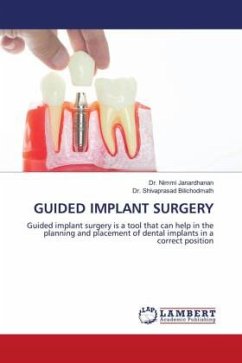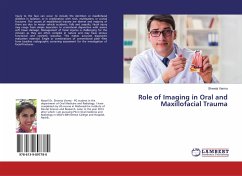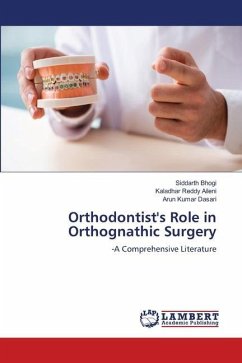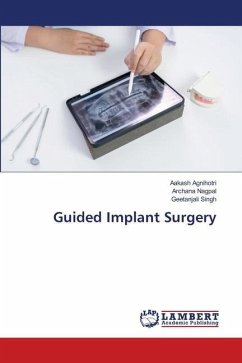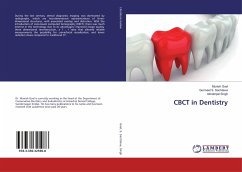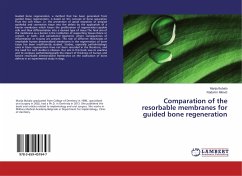The use of the first osseointegrated implants to replace missing dental elements, almost 50 years ago, represented a huge evolution in dental rehabilitation techniques. Over the years, many solutions have been proposed in order to improve the clinical performance of dental implants. Implant therapy diagnosis and treatment planning during the early years of osseointegration was based on clinical examination, study casts, and radiographs (periapical and panoramic). The inherent limitations of these two-dimensional radiographic techniques were overcome with the adoption of digital computed tomography, and subsequently, the more widespread use of dental cone beam computed tomography that has allowed the detailed and precise three-dimensional evaluation of osseous topography. The correct three dimensional (3D) positioning of an implant is considered a prerequisite for an optimal aesthetic outcome. In this respect, implant installation should be prosthetically-driven; at the same time taking into account anatomical implant position may reduce biological and/or technical complications. One possible tool that may facilitate a more accurate implant positioning is Guided Implant Surgery.
Bitte wählen Sie Ihr Anliegen aus.
Rechnungen
Retourenschein anfordern
Bestellstatus
Storno

